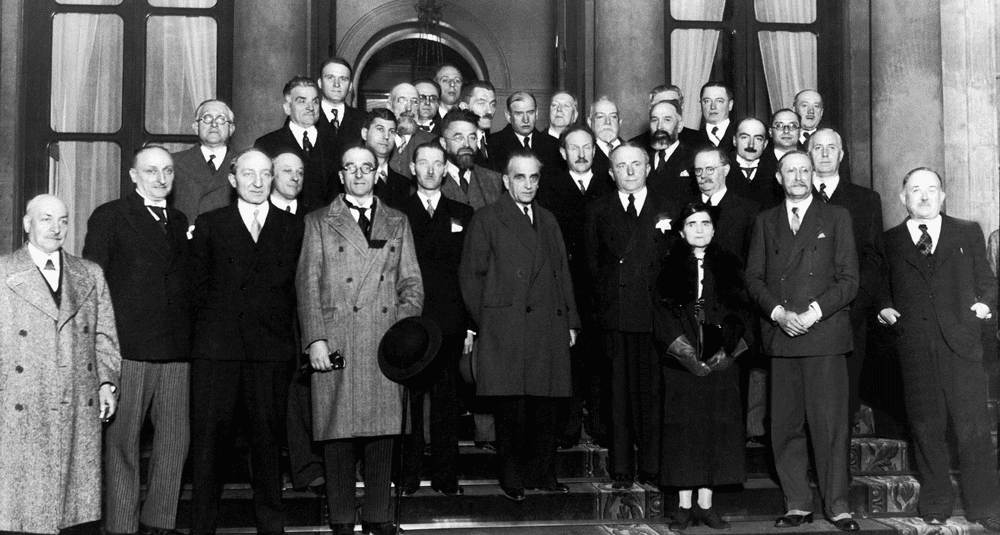What was the name of Léon Blum’s political party in 1936?
Last Updated:
In 1936, Léon Blum was a central figure in the Section française de l’Internationale ouvrière (SFIO), the leading French socialist party of the day. Founded in 1905, the SFIO’s aim was to represent the interests of the working class and promote democratic socialism.
The 1930s were marked by rising political and social tensions in France, exacerbated by the Great Depression and the growing threat of fascism in Europe. Faced with these challenges, several left-wing parties decided to join forces to form the Front Populaire, a coalition comprising the SFIO, the Radical Socialist Party and the French Communist Party. The aim of this alliance was to counter the rise of the extreme right and introduce social reforms in favor of workers.
In the legislative elections of May 1936, the Front Populaire won a significant victory with a majority in the Chamber of Deputies. Léon Blum, as leader of the SFIO, was appointed President of the Council, becoming the first Socialist to hold this position in France. His government, although supported by the Communist Party, included only ministers from the SFIO and the Radical Socialist Party.
Under Léon Blum’s leadership, the Front Populaire government implemented several important social reforms, including :
- The Matignon Accords: Signed in June 1936, these agreements between unions and employers introduced significant advances for workers, such as recognition of trade union rights, wage increases and the introduction of collective bargaining agreements;
- Paid vacations: For the first time in France, workers were granted two weeks’ paid annual leave, an emblematic measure of the Blum government;
- Reduced working hours: The working week was reduced to 40 hours, with the aim of improving living conditions for workers and reducing unemployment by sharing available work.
Despite these advances, Léon Blum’s government faced many challenges. Internal tensions within the Popular Front coalition, economic pressures and rising international tensions, notably the Spanish Civil War, complicated the government’s task. In June 1937, faced with opposition from the Senate and financial difficulties, Blum resigned as President of the Council.
In 1936, Léon Blum, as a leading member of the SFIO, played a crucial role in the formation and leadership of the Popular Front government. His mandate was marked by major social reforms that left a lasting imprint on French society, illustrating the SFIO’s commitment to social justice and workers’ rights.
history

What was the name of Léon Blum's political party in 1936?
Answer
In 1936, Léon Blum was a member of the SFIO (French Section of the Workers' International) and led the Popular Front government.